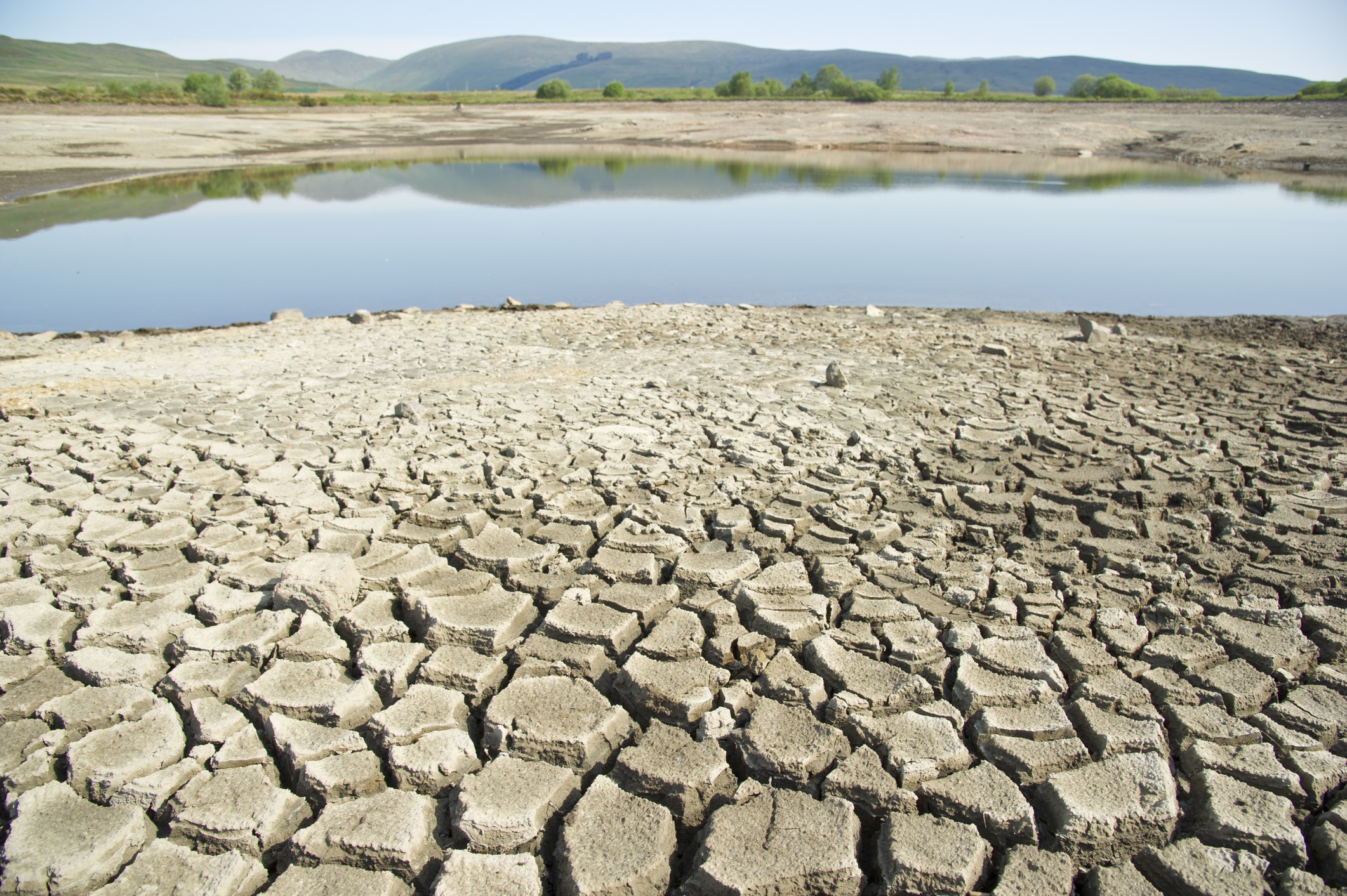Up until recently water management has been dominated by a linear model of ‘take, make, consume and waste’. Water is abstracted from the environment, treated, used and discharged back into the environment. According to the World Business Council for Sustainable Development, over 80% of wastewater is currently discharged into the environment without being treated or reused.
Increased populations, urbanisation and climate change makes this model increasingly unsustainable. Demand for fresh water is likely to exceed supply by 40% by 2030 if we continue the current trajectory (Source: United Nations). Higher temperatures associated with climate change are likely to lead to drier summers and increased evaporation causing droughts. On the other hand, parched soils will be less able to absorb water, increasing run off and more frequent and more extreme storms will bring larger volumes of water leading to flooding.
The government has recognised the potential threat posed by unsustainable water management and climate change. In April 2023, it delivered its integrated plan for delivering clean and plentiful water. It is not only aimed at ensuring a water supply but also at delivering for the environment by reducing pollution of water ways.
Circular water management could be the answer?
A shift in thinking from the current linear model to a circular model where more water is reused and recycled will help to resolve the issue of water supply. A European Union Policy already identifies the treatment of wastewater as a potential solution to water scarcity. The International Water Association has further developed this approach to include reducing water loss and boosting efficiency, reusing water where possible with minimal or no treatment, recycling wastewater to a high-quality using membrane or reverse osmosis, restoring water to the same quality of where it was taken from and recovering resources from wastewater for other uses.
Martin Lambley, Product Manager for Urban Climate Resilience at Wavin sums up the value of water reuse: “Water reuse tackles both flooding and water shortage, working with our ‘up-down’ water cycle whereby reservoirs run low every summer, but we drain this water away in the winter. By reusing water, drainage capacity issues are circumvented – reducing flood and stormwater discharges – whilst also addressing shortages in useable water for communities”.
Blue Green Infrastructure has a part to play.
Blue green infrastructure provides the ideal platform for water reuse and recycling in a contrast to grey infrastructure which focuses mainly on concrete to move water away from the built environment as quickly as possible. Not only do surface water gullies, culverts and channel drains not allow for recycling and reusing water but they are also easily overwhelmed by extreme rainfall. The blue green approach aims to control water nearer to the source. Blue green infrastructure is considered a much more sustainable option overall helping to both mitigate and prevent climate change by preserving biodiversity, preventing heat island effects and restoring a more natural drainage system that can hold both water and carbon. It also has a number of societal benefits that could include health benefits and even lower crime. Blue green infrastructure elements include:
• Rivers
• Canals
• Ponds
• Wetlands
• Floodplains
• Water treatment facilities
• Rain gardens
• Bioswales
• Forests & trees
• Fields and parks
Ultimately blue green infrastructure is beneficial to circular water management as it allows the whole water cycle to occur in the urban setting, providing natural cleaning agents, allowing water to be reused for drinking and irrigation and reducing surface water run off to prevent flooding.
Legislation for circular water management
SuDS (sustainable urban drainage systems) are already a requirement on new developments, albeit with some exceptions. The introduction of Schedule 3 of the Flood Water Management Act, which is expected to be implemented in England in 2024, will remove the automatic right to connect new surface water drainage systems to public sewers. Instead, a SuDS advisory body (SAB) would have the power to deny connections based on how well a developer demonstrates they meet the newly created National Standards for Sustainable Drainage.
Part G of the Building Regulations Act introduced a requirement that, for any new dwelling, the potential wholesome (or potable) water consumption should not exceed 125 litres per person per day. To help achieve this, the regulations allow for the use of non-wholesome water – defined as rainwater and greywater - for toilet and urinal flushing, washing machines and irrigation, provided an appropriate risk assessment has been carried out. The risk assessment should ensure that any rainwater or greywater system does not cause waste, misuse, undue consumption, or contamination of wholesome water.
Greywater recycling
Greywater typically makes up between 50-80% of a household’s wastewater. If recycled properly, greywater can save approximately 70 litres of potable water per person per day in domestic households. Options for recycling of grey water include direct reuse with no treatment, short retention systems with rudimentary fitration or treatment, basic physical or chemical systems including filtering and chemical disinfectants to prevent bacterial growth, biological systems with aerobic or anaerobic bacteria digesting organic matter, biomechanical systems which combine biological and physical treatment and hybrid systems combing one or more of these methods.
Harvesting rainwater
Rainwater provides a source of freshwater but in most developments, it is an untapped resource. Rainwater can be chanelled and collected from roofs through guttering and downpipes into a storage tank with a filter then used for outside taps, toilets or washing machines.
It is likely that the adoption of circular water management will be obtained by a combination of legislation and consumer demand driven by an increase in the value of water as a finite resource. Its adoption combined with the benefits of blue green infrastructure should bring widespread benefits to communities. Cost effective solutions will also be required to ensure the appropriate infrastructure and its long-term maintenance and longevity.
Find out more about Wavin’s solutions for a climate resilient built environment here.
Circular water management for climate resilient built environments
| T | 0844 856 5165 |
|---|---|
| E | online.enquiry@wavin.com |
| W | Visit Wavin's website |
| Wavin Limited, Parsonage Way, Chippenham, SN15 5PN |
Products by this Company







